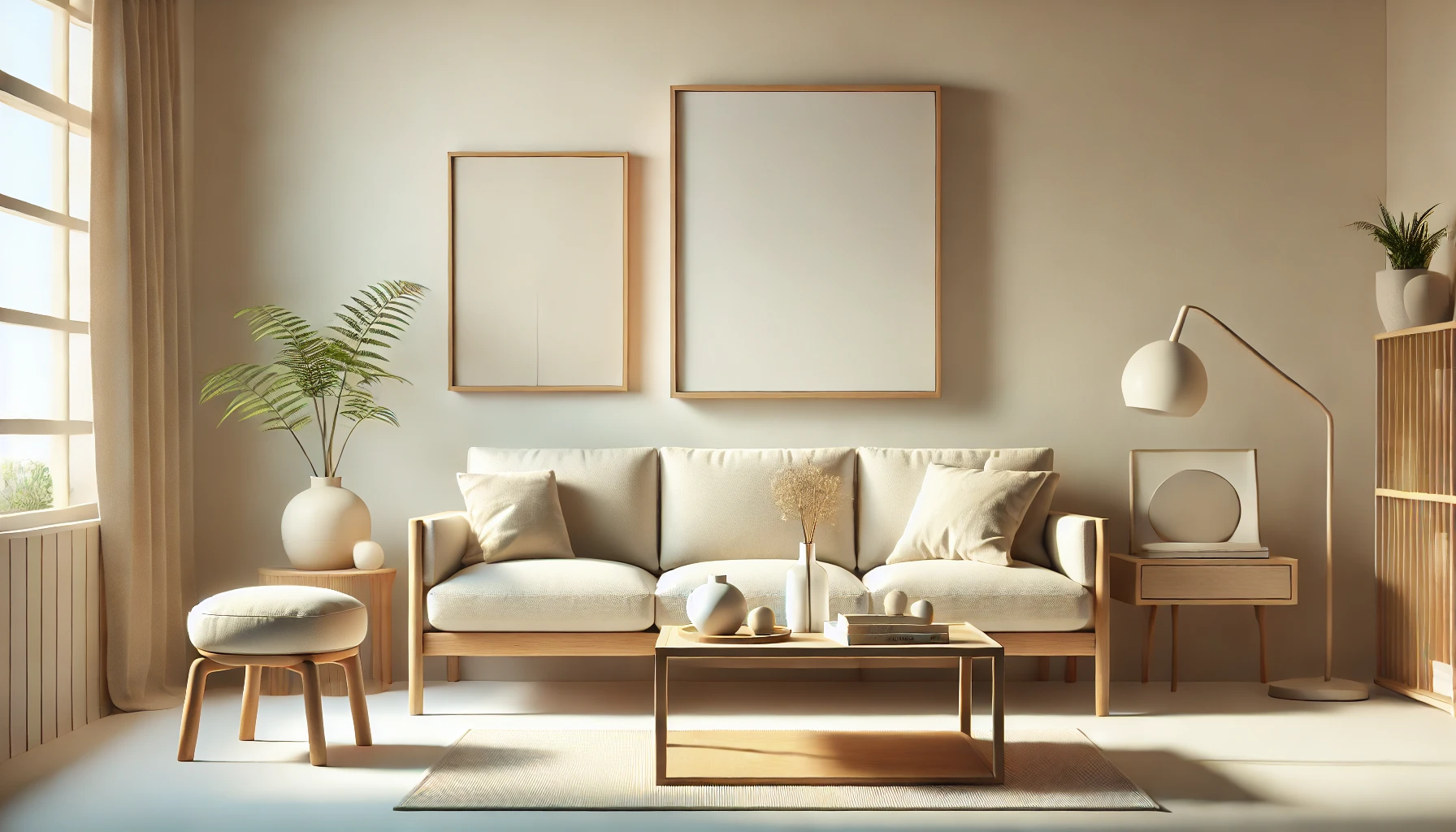Adopting a minimalist lifestyle is a powerful way to simplify your life, reduce stress, and focus on what truly matters. However, like any lifestyle change, the transition to minimalism can come with challenges. Many people make mistakes during this process, which can lead to frustration or the feeling that minimalism isn’t working for them. In this article, we’ll highlight five common mistakes people make when trying to adopt minimalism and provide practical advice on how to avoid them.
1. Trying to Do Too Much, Too Soon
One of the biggest mistakes people make when trying to adopt minimalism is attempting to overhaul their entire life overnight. Minimalism isn’t about extreme changes or drastic decluttering sessions; it’s about making small, sustainable adjustments over time. Trying to do too much too soon can lead to burnout, making the process feel overwhelming rather than freeing.
How to Avoid This Mistake:
- Start small: Begin with one area of your life or home, like a single room or even a drawer. Gradually expand as you become more comfortable with the process.
- Set realistic goals: Break your minimalism journey into manageable steps. Set small, achievable goals and celebrate your progress along the way.
- Be patient: Embrace minimalism as a journey, not a quick fix. Allow yourself time to adjust to your new way of living.
2. Holding onto Sentimental Items
Another common mistake is holding onto too many sentimental items. It’s natural to want to keep mementos that hold personal value, but minimalism isn’t about getting rid of everything that has emotional significance. The key is to find balance—keeping the items that truly bring you joy and letting go of those that no longer serve you.
How to Avoid This Mistake:
- Curate your memories: Choose a few meaningful items to keep, such as photographs, letters, or heirlooms, that truly bring back cherished memories.
- Digitize: If you have a lot of physical items with sentimental value, consider scanning or photographing them to preserve the memory without taking up physical space.
- Practice gratitude: Rather than holding onto every item, reflect on the positive memories associated with it and then let it go.
3. Confusing Minimalism with Extreme Simplicity
Minimalism doesn’t require living in an empty, bare space. While the goal is to reduce unnecessary possessions, minimalism is ultimately about living with intention, not with deprivation. Some people mistakenly think that minimalism means stripping down to the bare essentials, leaving behind everything that’s not immediately necessary. However, it’s about finding balance and only keeping what adds value to your life.
How to Avoid This Mistake:
- Focus on quality over quantity: Minimalism isn’t about living with as few items as possible, but rather about choosing fewer items that are high-quality and meaningful.
- Make your space comfortable: While simplifying, don’t feel pressured to make your home stark or uncomfortable. Your living space should reflect your personal taste and lifestyle.
- Ask yourself: Does this add value?: Before removing something, ask yourself if it truly brings value or joy to your life. If it does, it may still have a place in your home.
4. Overcomplicating the Process
Minimalism should simplify your life, but many people make the mistake of overcomplicating the process. They get bogged down in rules about what to keep and what to discard or waste time searching for the “perfect” minimalist solution. This creates unnecessary stress and takes away from the benefits of minimalism, which are meant to bring clarity and peace.
How to Avoid This Mistake:
- Keep it simple: Don’t get caught up in overly complicated methods or systems. The simpler your approach, the easier it will be to maintain.
- Let go of perfectionism: There’s no “perfect” way to do minimalism. Focus on progress, not perfection. It’s about making improvements, not achieving an ideal.
- Trust your intuition: Minimalism is a personal journey. Don’t feel obligated to follow someone else’s rules—focus on what works for you.
5. Thinking Minimalism is About Getting Rid of Everything
A common misconception is that minimalism is about getting rid of everything and living in a completely empty space. In reality, minimalism is about intentional living and creating space for what truly matters. It’s not about deprivation or living without any possessions; it’s about reducing distractions and focusing on the essentials.
How to Avoid This Mistake:
- Focus on what adds value: Instead of thinking about what you need to get rid of, focus on what you want to keep—items, experiences, and relationships that bring joy and meaning to your life.
- Be intentional with your purchases: Once you’ve decluttered, continue to adopt a minimalist mindset by being mindful of what you bring into your home. Buy less, but choose items that serve a purpose.
- Create a mindful home environment: A minimalist home can still be cozy and filled with things you love. Create an environment that feels peaceful, not empty.
Conclusion: Embrace Minimalism at Your Own Pace
Adopting minimalism can be incredibly rewarding, but it’s important to approach the process with patience and an open mind. Avoiding the common mistakes of trying to do too much too soon, holding onto sentimental items, and overcomplicating the process will help you make the transition smoother and more sustainable. Minimalism is about finding balance—letting go of what no longer serves you while making space for the things that truly matter. Remember, it’s not about perfection; it’s about living intentionally.
